Timeless Treasures: 12 Magnificent Bihar Monuments

Enter a world where the past comes alive and discover the fascinating stories of ancient times. “Timeless Treasures: 12 Magnificent Bihar Monuments” takes you on an enchanting adventure through the beautiful architectural wonders of Bihar, a state in India known for its rich culture and historical importance.
Immerse yourself in a bygone era as we unveil a collection of twelve extraordinary monuments that testify to Bihar’s glorious past. From the splendid ruins of Nalanda University, once a beacon of knowledge and enlightenment, to the awe-inspiring intricacies of the Mahabodhi Temple in Bodh Gaya, where the enlightenment of Lord Buddha took place, each monument narrates a tale of artistic brilliance and spiritual significance.
Embark on an exploration of architectural marvels like the ancient city of Rajgir with its majestic forts, the magnificent Takht Sri Patna Sahib Gurudwara, a place of immense religious importance for the Sikh community, and the mystical stone-carved wonders of Sasaram’s Rohtas Fort in Bihar. Each monument unveils a unique facet of Bihar’s vibrant heritage, taking you on a captivating journey through time.
Join us on this enchanting odyssey as we unveil the 12 magnificent Bihar monuments, paying homage to their timeless allure and immersing ourselves in the rich cultural tapestry of this historically resplendent region.
1. Mahabodhi Temple, Bodh Gaya

The Mahabodhi Temple in Bodh Gaya is an exquisite and sacred site for Buddhists worldwide. It stands as a testament to the enlightenment of Lord Buddha, who achieved nirvana under the Bodhi tree.
The temple’s architectural brilliance and spiritual significance make it a magnet for pilgrims seeking tranquillity and enlightenment. With its intricate carvings, serene atmosphere, and history dating back over two millennia, the Mahabodhi Temple offers a profound spiritual experience.
2. Nalanda University, Nalanda
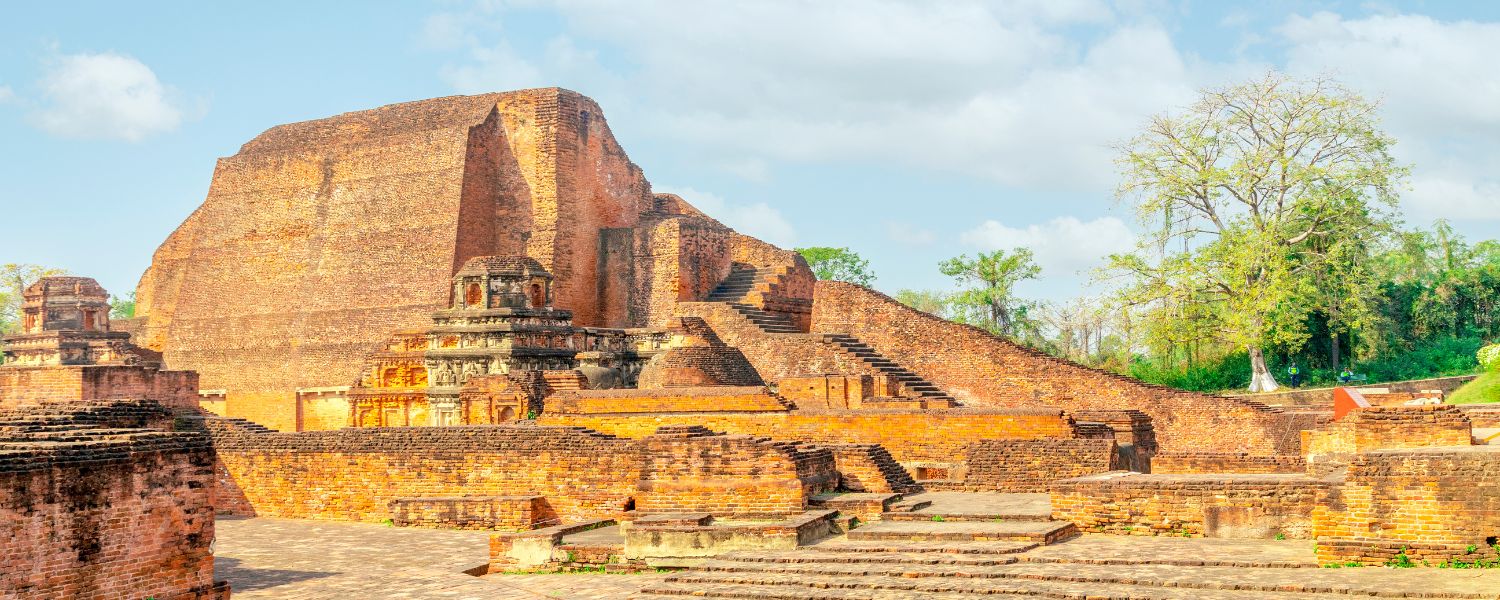
Nalanda University, located in the ancient city of Nalanda, was a renowned learning center in ancient India. Founded in the 5th century CE, it served as a prominent seat of education for over seven centuries. The university attracted scholars from all over the world and housed thousands of students within its vast campus.
It symbolized intellectual prowess and cultural exchange, offering education in philosophy, astronomy, mathematics, and more. Nalanda University’s grand ruins today reflect its glorious past and stand as a reminder of the pursuit of knowledge and the importance of education.
3. Vikramshila Monastery, Bhagalpur
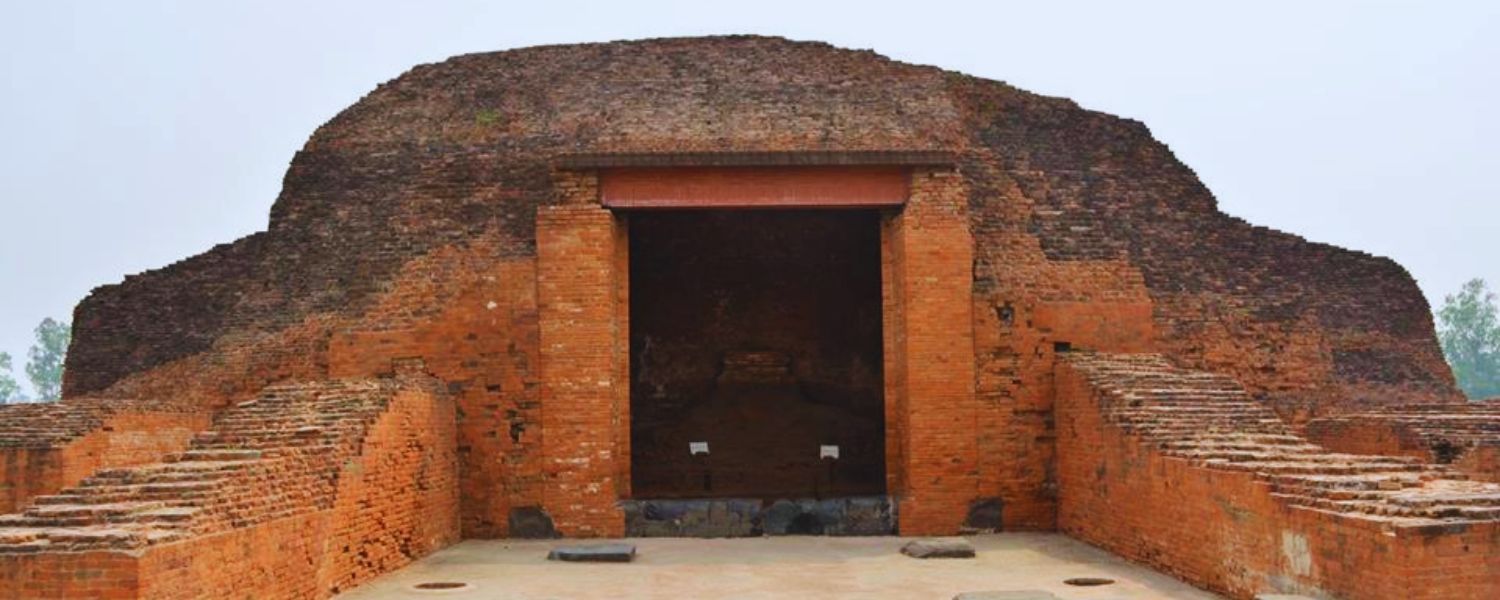
Situated in Bhagalpur, the Vikramshila Monastery was a flourishing Buddhist learning center during the Pala dynasty in the 8th to 12th centuries CE. Named after King Vikramaditya, it attracted scholars and students from far and wide. The monastery’s architectural marvels, including its grand entrance and intricate sculptures, demonstrate the region’s rich cultural and artistic heritage.
Vikramshila Monastery played a significant role in disseminating Buddhist teachings and preserving ancient scriptures, making it a cherished monument of spiritual and historical importance.
4. Barabar Caves, Jehanabad
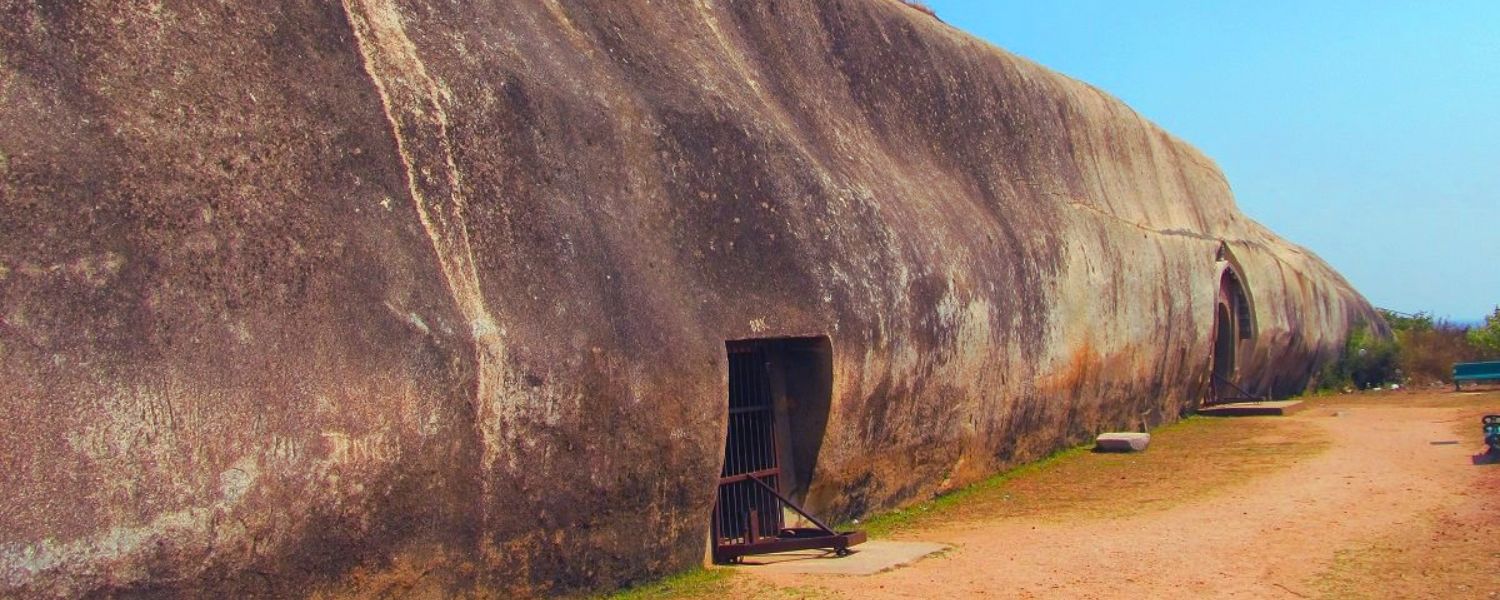
The Barabar Caves in Jehanabad district are unique in India’s architectural history. Dating back to the Mauryan period (322 BCE – 185 BCE), these caves are some of the oldest surviving rock-cut caves in the country. Known for their remarkable craftsmanship and religious significance, they were initially used as retreats for Jain and Buddhist monks.
The Barabar Caves showcase the mastery of ancient artisans with their polished stone surfaces and detailed carvings. These caves provide a glimpse into the rich cultural and artistic heritage of Bihar and are a testament to the region’s deep-rooted history.
5. Sasaram Tomb, Sasaram
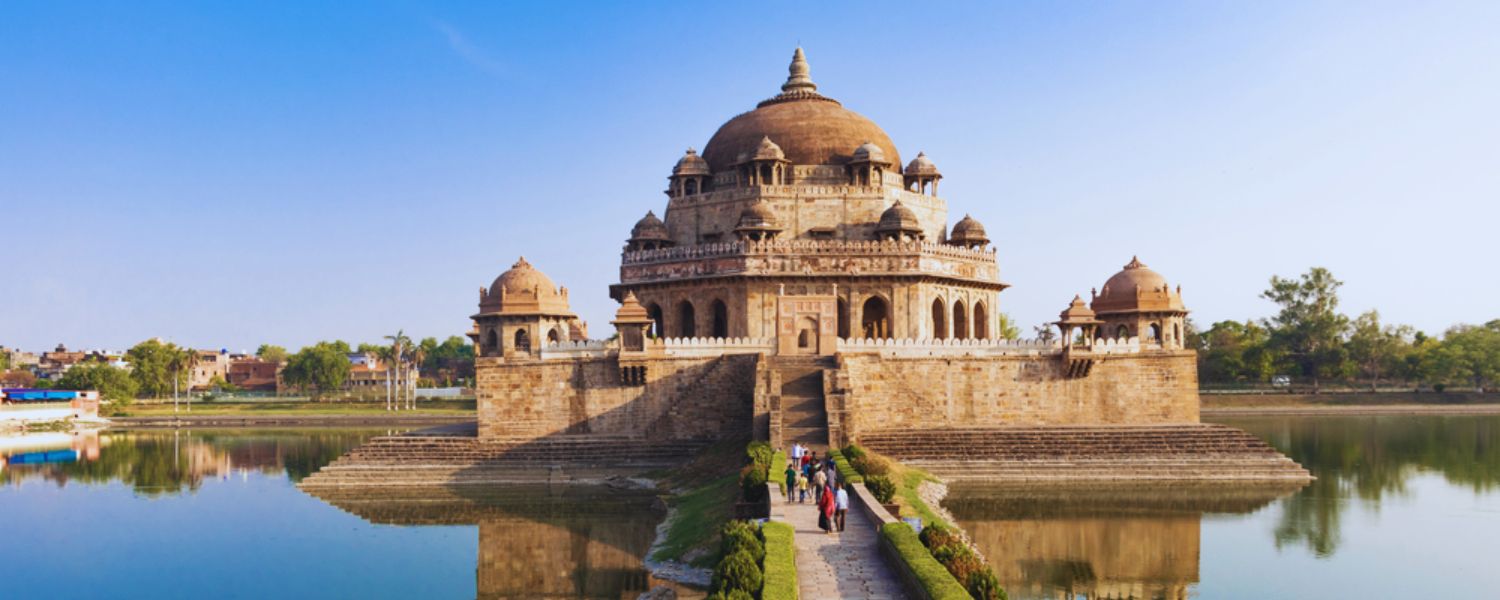
Situated in Sasaram, Bihar, the Sasaram Tomb is a magnificent testament to the architectural brilliance of the Mughal era. This monumental structure was built in the 17th century and served as the final resting place of the great Mughal emperor Sher Shah Suri.
The tomb’s grandeur lies in its intricate carvings, elegant arches, and a majestic dome that gracefully adorns the landscape. As you wander through its halls, you’ll be transported back in time, marveling at the craftsmanship and the historical significance this tomb represents.
6. Patna Sahib Gurudwara, Patna

Nestled in the heart of Patna, the Patna Sahib Gurudwara stands as a spiritual beacon, captivating both locals and visitors alike. This special place is very important to followers of the Sikh religion because it is where Guru Gobind Singh Ji, the tenth Sikh Guru, was born. It holds great religious significance.
The Gurudwara’s architecture beautifully blends traditional Sikh motifs with modern elements, creating a serene ambiance for devotees. Stepping into its hallowed halls, you’ll be greeted by melodious hymns and the harmonious atmosphere of prayer.
The Patna Sahib Gurudwara offers a unique opportunity to immerse yourself in Sikh culture and spirituality, leaving you with a profound sense of peace and enlightenment.
7. Vaishali Stupa, Vaishali
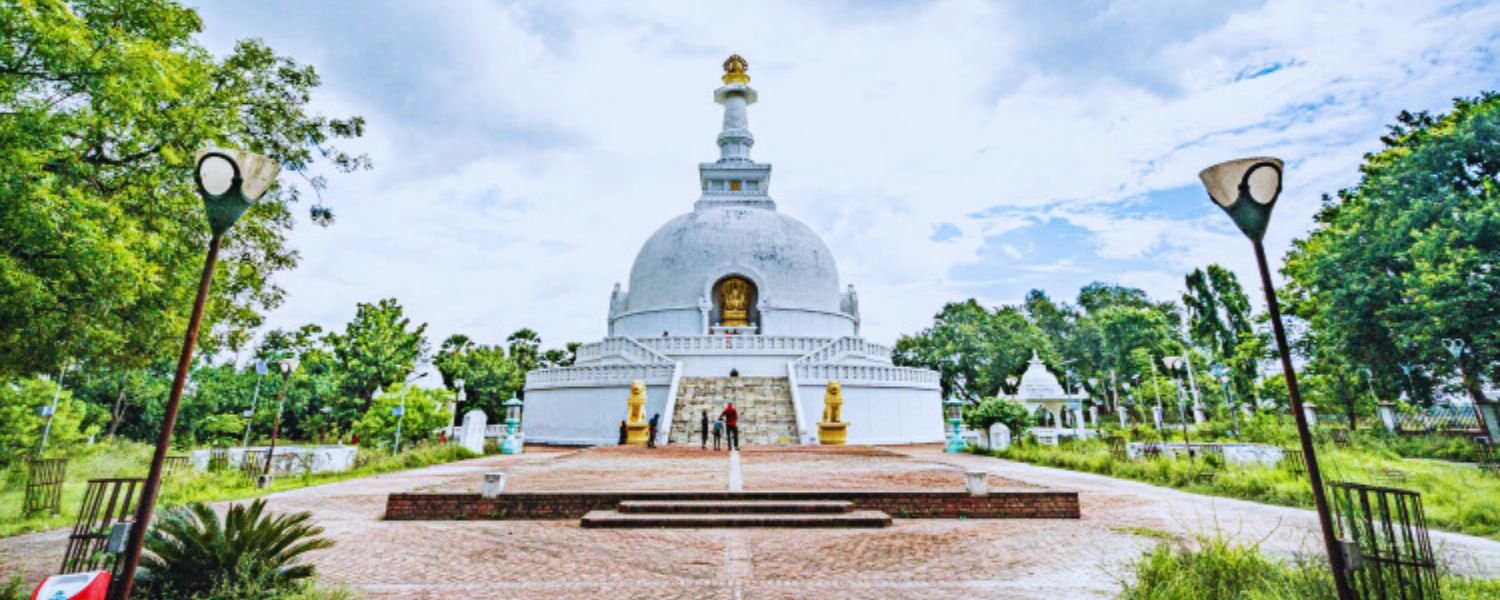
As you wander through the ancient town of Vaishali, you’ll encounter the awe-inspiring Vaishali Stupa, a testament to the rich Buddhist heritage of the region. This impressive building, built around the 5th century BCE, is said to be the place where Lord Buddha gave his final speech before reaching nirvana. It holds a lot of historical and spiritual significance.
The Vaishali Stupa stands tall, surrounded by lush greenery, invoking a sense of tranquillity and introspection. It is architectural finesse and historical significance make it a pilgrimage site for Buddhists from around the world. Explore the site, soak in the spiritual ambiance, and connect with the teachings of the enlightened one.
8. Kesaria Stupa, Kesaria
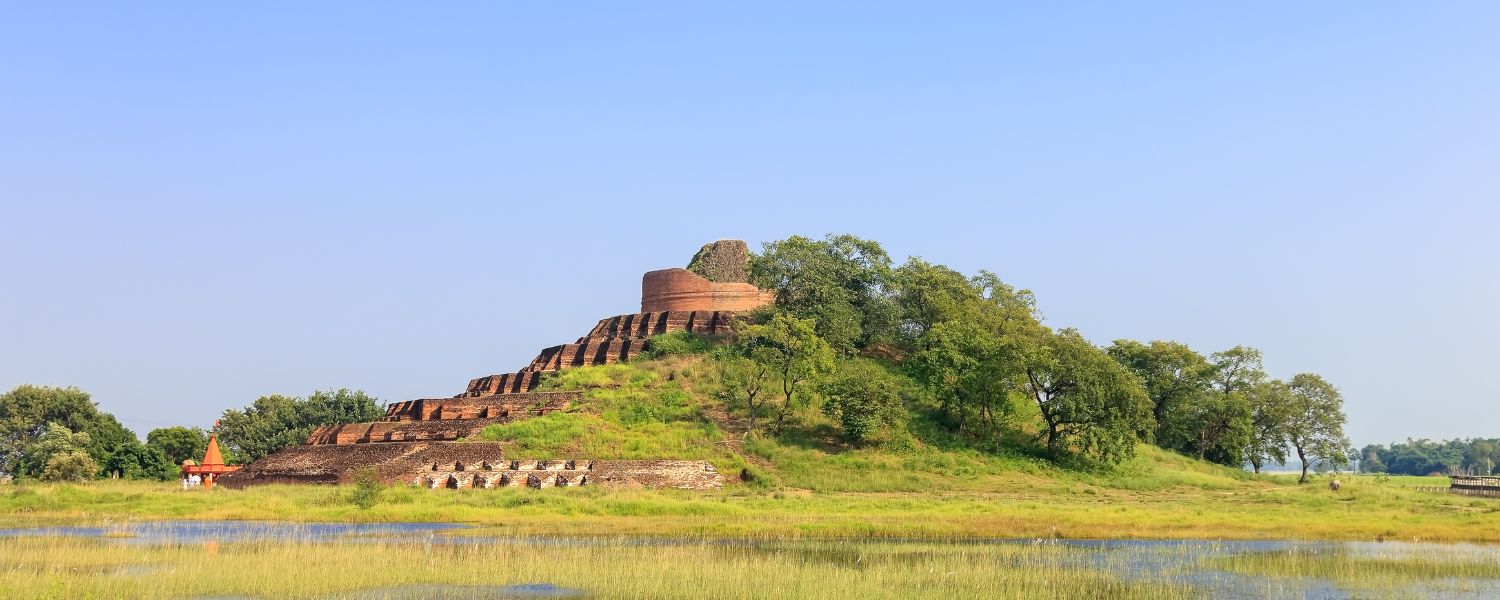
Towering majestically over the landscape of Kesaria, the Kesaria Stupa is the tallest Buddhist stupa in the world. Dating back to the 3rd century BCE, this architectural marvel is a testament to the ancient Mauryan Empire’s grandeur.
The Kesaria Stupa’s sheer size and intricate detailing leave visitors in awe of its historical and cultural significance. Ascend the steps that lead to the pinnacle, and you’ll be rewarded with a breathtaking view of the surrounding countryside.
The Kesaria Stupa is not only a visual spectacle but also a site that carries the essence of Buddhism, inviting visitors to contemplate the teachings of Lord Buddha and find solace in its serene surroundings.
9. Vishnupad Temple, Gaya

Immerse yourself in the spiritual aura of the Vishnupad Temple, a sacred pilgrimage site in Gaya. This ancient temple holds immense significance for Hindus as it is believed to house Lord Vishnu’s footprint. The temple’s architecture showcases exquisite carvings and intricate designs, transporting visitors to a bygone era.
Whether you seek solace, seek blessings, or admire architectural marvels, Vishnupad Temple is a must-visit destination that will leave you in awe of its divine beauty.
10. Rajgir Hot Springs, Rajgir
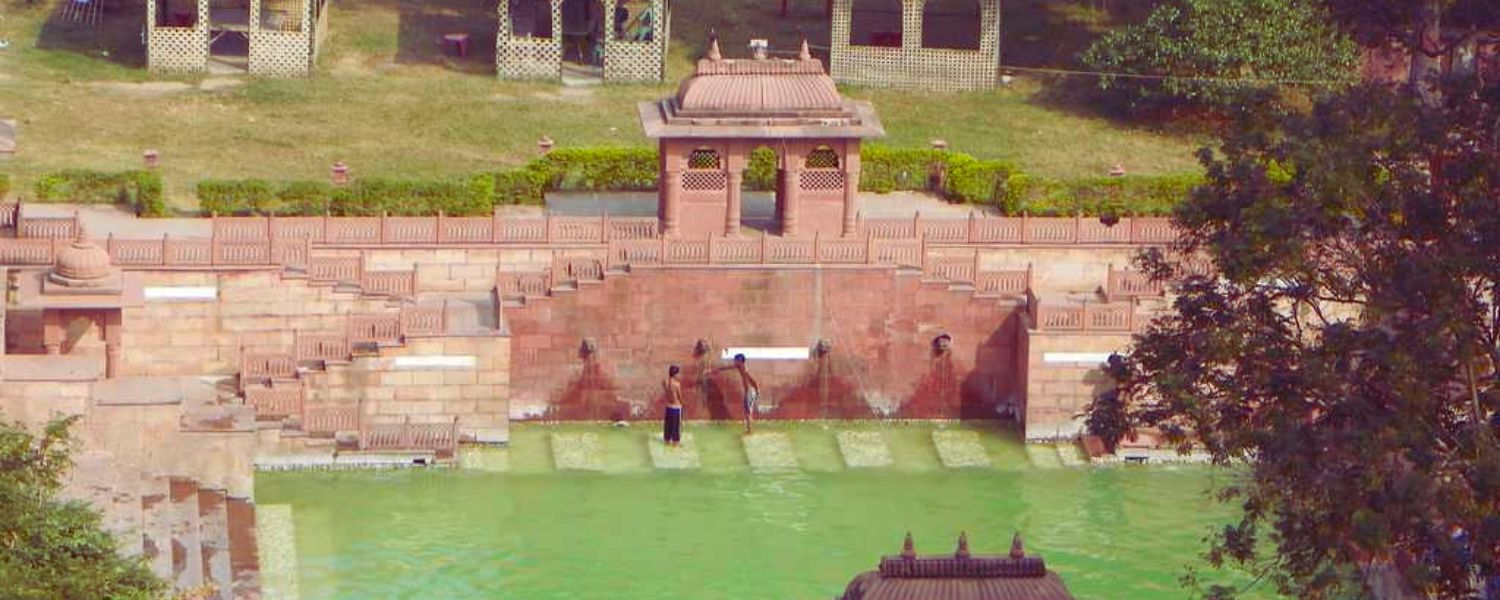
Escape to the therapeutic oasis of Rajgir Hot Springs, nestled amidst the serene landscape of Rajgir. These natural hot springs have been renowned for their healing properties for centuries.
Enjoy the relaxing and comforting experience of soaking in the warm, mineral-rich waters that will help you forget your worries as the gentle currents embrace you.
Besides the rejuvenating experience, Rajgir offers a picturesque backdrop of verdant hills and ancient ruins, adding to the charm of your visit. A visit to Rajgir Hot Springs is a treat for your body and a feast for your senses.
11. Sher Shah Suri Tomb, Sasaram

Journey into the pages of history as you explore the majestic Sher Shah Suri Tomb in Sasaram. This grand mausoleum pays homage to the formidable emperor Sher Shah Suri, who left an indelible mark on Indian history.
The tomb’s imposing structure and intricate architecture testify to the empire’s grandeur. Step inside to witness the splendid interior adorned with beautiful motifs and calligraphy. As you wander through the vast courtyard, let the aura of the past transport you to a time of courage and glory.
12. Golghar, Patna

Stand in awe of the iconic Golghar, an architectural masterpiece that graces the skyline of Patna. This unique beehive-shaped structure stands as a symbol of resilience and innovation. Built-in the 18th century, Golghar served as a granary during the famine.
Climb to the top and be rewarded with breathtaking panoramic views of the city and the winding Ganges River. Today, Golghar is a testament to the city’s rich history and a popular gathering spot for locals and tourists alike. Take advantage of the opportunity to marvel at this magnificent structure with historical and aesthetic appeal.
Conclusion
The 12 magnificent Bihar monuments showcased in “Timeless Treasures” reflect the region’s rich cultural and historical legacy. Each monument is a testament to the bygone eras’ architectural brilliance and artistic finesse.
From the awe-inspiring Mahabodhi Temple in Bodh Gaya to the grandeur of Nalanda University, these monuments hold the power to transport us to a time when Bihar flourished as a center of learning, spirituality, and artistic expression.
Preserving and appreciating these timeless treasures is essential for future generations to connect with their roots and understand the significance of Bihar’s cultural heritage.
These monuments serve as architectural marvels and as reminders of the enduring spirit of human creativity and the timeless value of our shared history.
SOURCE : Magnificent Bihar Monuments

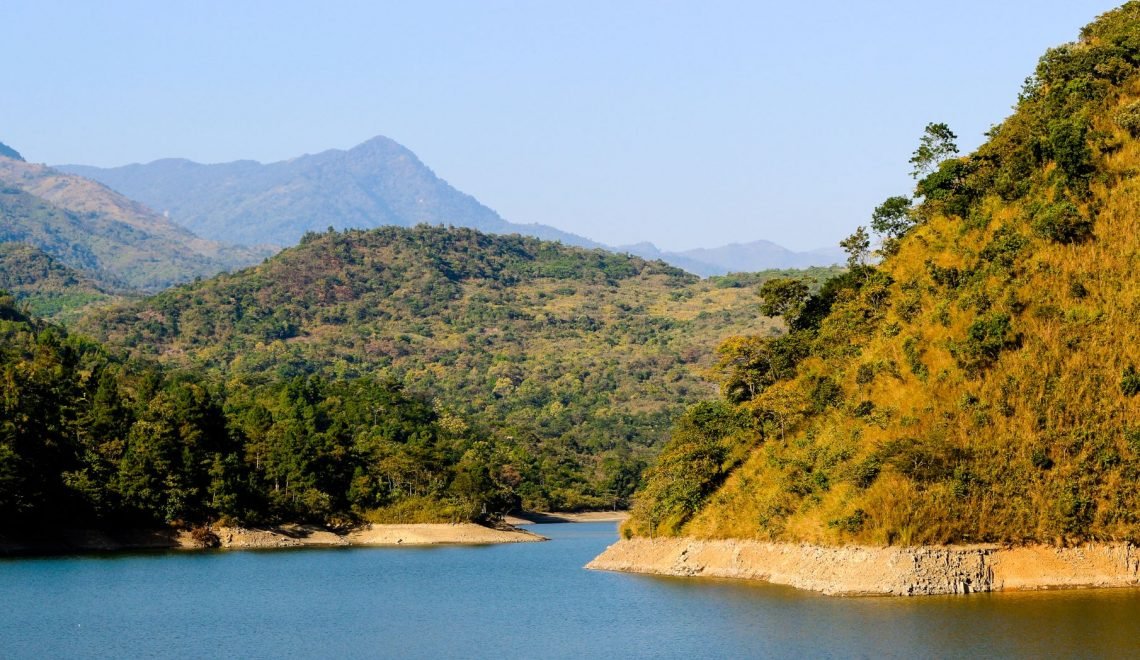
.jpg)
